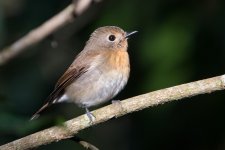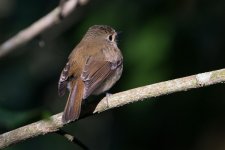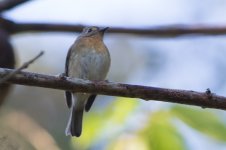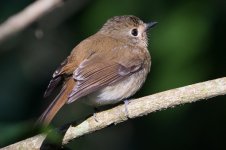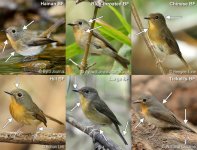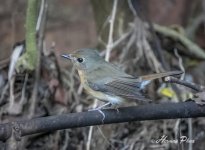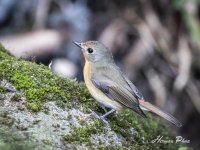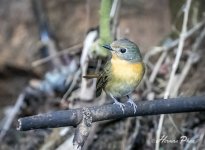OkamotoKeitaSin
Active member
A female type Blue Flycatcher photographed at Khao Yai National Park, Thailand, January 2020. Altitude of about 700 metres.
I managed to get a recording of the call and song (https://www.xeno-canto.org/519993 and https://www.xeno-canto.org/519995 respectively) but am still struggling to nail the ID.
I managed to get a recording of the call and song (https://www.xeno-canto.org/519993 and https://www.xeno-canto.org/519995 respectively) but am still struggling to nail the ID.




